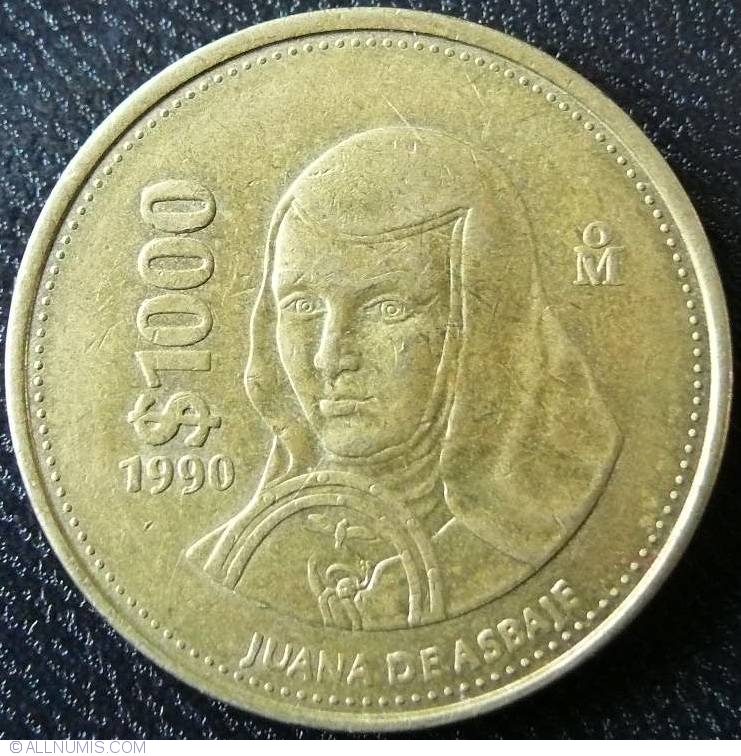

Relatively small numbers of these historic coins remain, millions having been melted down for their silver content.

of silver andoffer a great opportunity to own genuine silver coins at a very low price.

The Great American Coin Company® is pleased to offer Mexican Un PesoSilver Coins dated from 1957 to 1967. coins, although some large denomination peso coins continued to have a small amount of silver sandwiched in their centers. By the mid-1970s, Mexico began converting its coins to bimetallic ones similar to U.S. These were the last silver one-peso ( Un Peso) coins.
Mexico coinage series#
Mexican Peso DevaluationĪs times and economic conditions changed, the Mexican peso underwent a series of devaluations, and by 1957, the peso’s silver content was reduced to a mere 10%. currency, the Mexican peso remained widely accepted well into the 19 th century in the U.S. dollar symbol, $, was based on the sign for theSpanishAmerican peso. Treasury began issuing coins at par with the Mexican peso, which had been a common currency for all of North America for several years prior. The United States didn’t have an official currency until 1792, when the U.S. Currency Issued alongside the Mexican Peso The most common peso coins were 27.468 grams of 93.5% pure silver and equaled eight Spanish reales, giving them their common name, “pieces of eight.” Official U.S. The weight of the Mexican-minted silver and gold coins was carefully controlled, giving the currency their common names- peso de oro and peso de plata, Spanish for weight of gold and weight of silver, respectively. But as the Spanish real became one of the most widely accepted international currencies, measures were taken to reduce counterfeiting, including more detailed designs and lettering on the edges of the coins so that shaving the pure silver or gold could be easily detected. When the Spanish first started mining silver in the New World in the 1500s, they used some of it to make crude hand-wrought coins.


 0 kommentar(er)
0 kommentar(er)
